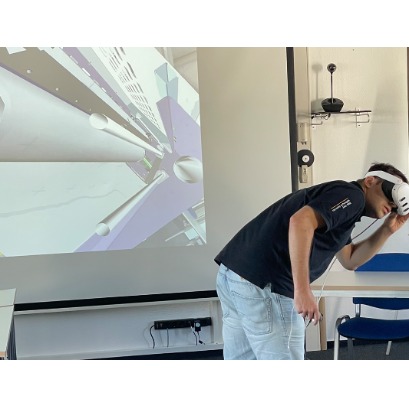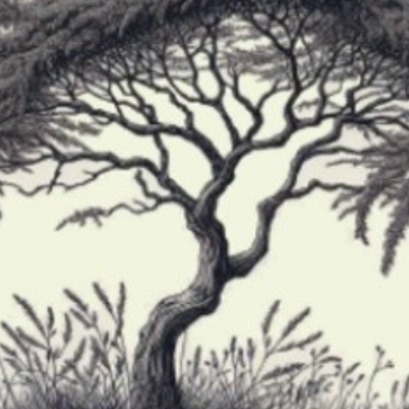
Sandvik Process Systems becomes IPCO
IPCO is a new name in Industrial Process solutions but a business partner with whom many will already be familiar. Previously operating as Sandvik Process Systems, we are now an independent company within the Wallenberg group.
We continue to develop customized solutions for the processing industry, with the same people, skills and process systems – but under a new name and brand – IPCO.
We are dedicated to provide productivity in the processing of more than 1200 different products across the sulphur, chemical, fertilizer, chocolate and food industries. We also provide Double Belt Press solutions with Steel and Teflon® belts, including up- and downstream equipment and precision scattering systems as well as solid and perforated steel belts used for improving productivity and quality in the processing of products as diverse as wood-based panels, paper, food, film and more.

IT MAY INTEREST YOU
 Real and virtual commissioning: Hymmen leverages digital twins to improve project management efficiency.
Real and virtual commissioning: Hymmen leverages digital twins to improve project management efficiency.
Bielefeld, 1�/22/25 – The ideal scenario is one in which a production plant functions perfectly even before commissioning. However, a more detailed analysis of plant projects often reveals a different reality: unexpected challenges often arise during on-site commissioning that must be resolved with considerable deadlines. Hymmen demonstrates how digital twins can offer a solution. By simulating the production process in advance on a 1:1 scale and taking into account all relevant variables, this technology allows timely intervention at critical points.
 They present the Elárbol project in the Ecology Cycle
They present the Elárbol project in the Ecology Cycle
The transmedia initiative reflects the importance of Argentine native flora and focuses on the carob tree as an emblem tree. Today, at 6:�� p.m., at the Argentine Library This Thursday, October 3�, at 6 p.m., the Elárbol project is presented in the Ecology Cycle coordinated by Sergio Rinaldi at the Argentine Library.
 Color the streets pink and white in spring: which is the most beautiful tree in the world and why, according to AI
Color the streets pink and white in spring: which is the most beautiful tree in the world and why, according to AI
Its delicate branches, the soft tones of its petals and the harmonious shape of the tree make it an almost poetic image.One of the most beautiful trees in the world, according to an analysis of artificial intelligence, is the Japanese cherry tree (Sakura). Its fame is not only due to its visual appearance, but also because it is a symbol of culture.





















